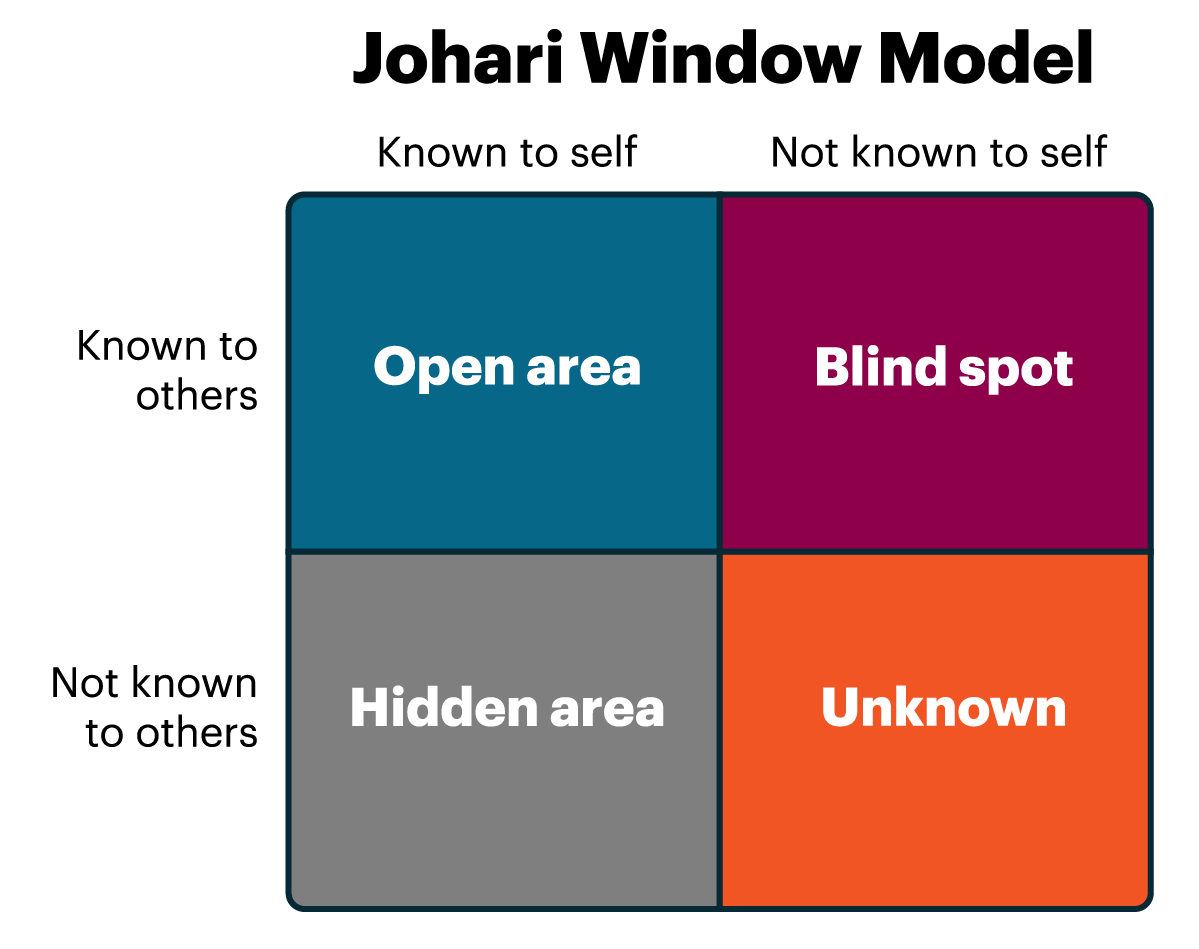We’ve often focused on the importance of reinforcement after introducing Challenger, with guidance on gaining buy-in, coaching, and increasing adoption. But as any effective coach knows, theory isn’t practice. This truth is particularly acute for our sales enablement colleagues. They know firsthand that the gulf between rolling out a new sales training program and getting sellers to eat, sleep, and breathe a new methodology couldn’t be wider.
That’s why we sat down with Greg Turner, Global Sales Enablement Specialist at Nuix, to find out how he and Nuix helped their sellers embrace Challenger sales training – and grew business in the process.
Challenger: What did sales enablement look like at Nuix before Challenger?
Greg: Our product is so obviously best at what it does that it can basically sell itself. That’s not to say that there wasn’t value added by salespeople because there was, but it wasn’t necessarily in the persuasive, decision-making category of outcomes that you want salespeople to make a difference with.
At the time, enablement focused on creating content support that the sales team would use around more practical things like licensing, customer service, training on the product itself. It’s a technically oriented product, and if you’re going to sell it to someone, they need to learn how to use it. So “sales enablement” was very often used as a term to denote resources given to a client to help them learn the product.
Challenger: What shifted at Nuix that led to bringing Challenger on board?
Greg: We were making a monumental shift in our product service offering. We traditionally sold a standalone piece of software that was very discrete…but we’d integrated that into a whole bunch of other tools that create an end-to-end workflow in an integrated Enterprise platform. And we knew that we weren’t going to be able to sell that in the way that we sold licenses [for our discrete product] because we now had complex value, not simple value or discrete value. You now have complex decision-making processes rather than discrete decision-making processes.
So, they brought me in to help us make that transition from selling licenses to selling value and systems. When I got to the company, the first thing I did ostensibly after I got my feet under the table was to build a program that would enable people to sell complex value. It was based on the principles of overcoming status quo and it got some traction in some parts of the world but not in others.
One of the executive vice presidents, the one for North America was tasked by the CEO with leading the charge for new business. He said, “We need to bring a methodology in from the outside and we are therefore going to buy Challenger.” We needed the validation of someone coming in from the outside.”
Challenger: What roadblocks did you encounter when rolling out Challenger?
Greg: So, what is Challenger about: changing people’s minds who have an entrenched position built around status quo? Well, what does that sound like?
“I’m a salesperson; I have an entrenched way of doing something. I’ve got 15 to 20 years’ sales experience behind me. I am going to do it the way that I have always done it. So, how do you overcome that? “Let me show you why it’s not working anymore. And then let me highlight the cost to you as an individual.”
I would do these sessions, and I would stand there, and I’d get resistance, and I’d say, guys, listen, it’s your target. It’s entirely up to you what you do with this but if I were in your shoes, I’d want to be making more money, and I’d also not want to have the fear of getting fired hanging over my head, which we all know is what will happen if we don’t turn business performance around a bit. It’s kind of the nuclear option, the last button you press, but it works.
Challenger: When did things really start to catch on with Challenger?
Greg: So, we introduced this term of becoming a Challenger company at the launch… it means that we are orchestrated as an organization around understanding the complex problems that our clients don’t understand as well as we do. And everyone has a part to play in contributing to that.
The salespeople’s job is to tell the story but everyone else has a role in deriving that story, so that we become an organization that says, “we help people solve complex problems around unstructured data. Oftentimes, the ones that they don’t even know about.” And that’s what being a Challenger company means.
It resonated. And so, from that point forward, everyone started to use this term “becoming a Challenger company” including the CEO and EVP. And that message has filtered through.
Challenger: What positive shifts did you see in your sales force after implementing Insight Design and Challenger overall?
Greg: Have you heard of the Johari Window?

The whole point of the Johari window is that you want to minimize the unconscious aspects and maximize the conscious aspects. So, the first step is to ask the salespeople to tell me about how they use Challenger, tell me about a win that you did, and tell me what you think made a difference. And so, in doing that I’m like, did you appreciate what you did there? What you’ve just told me is that you Reframed the thinking of a Mobilizer. Did you appreciate that? And they say, “Did I?” and I was like, yeah, you did. So, that’s that reduction, that’s the Johari Window closing out, that’s the unconscious competence becoming a conscious competence.
One good example of this is a deal that a salesperson landed with a national transportation company. I spent a lot of time with this salesperson because she struggled a bit with not owning this amazing thing she’d achieved in winning this deal. I asked her to tell me what she did. I said, well, let me show you how what you’ve done is a perfect example of Challenger selling. And that light went on. Not only did the light go on, but the confidence level just shot through the roof. She got it.
Now, she could own it. And by owning it, she can replicate it because she’s now consciously competent of that. It’s a $750,000 deal. If that goes to the course, it’s an $8 million deal.
Challenger What other success stories can you share?
Greg: We had a government sector client using our product for one purpose and spending $200,000 a year on it. The salesperson went in, and she did a whole Reframe: “You still think that your problem is about data warehousing. You’ve got a data warehousing need and you’re using [our discrete product] to solve your data warehousing need. The problem with that is that you still think that the ball game is data warehousing, and it’s really a breach. Yes, you need to warehouse all this data. But you’ve failed to appreciate that in warehousing all this data, you are making it a prime target for breach.”
“You’re so focused on making sure that you’ve got enough storage and enough protection around the storage, that you have no idea what’s inside that warehouse at all. And the number one rule of being able to successfully mitigate and manage a breach – and everyone gets breached at some point in their time – is the time with which you are able to respond. And the number one thing about that is knowing what was in there in the first place, and what’s being breached. And you’ve got no idea.”
And she went from $200,000 to $690,000 on that pitch.
Challenger: What’s your best advice for high-performing sales enablement leaders?
Greg: An important piece of Insight for any sales enablement person is that it’s the easiest thing in the world to say ‘that’s your job, not mine. You’re the sales guys. I’m not the sales guy. You’re supposed to be the experts in the product, not me.” But if you want a sales team to take you seriously, you need to be able to say, “I can do your job. I’m not going to do it, but I could.”
Next is that I think, fundamentally, we’re in the game of behavioral change. There’s so much Insight from the Challenger methodology, but I think you must win hearts before you win minds.
I think that’s at the heart of what the Challenger methodology is really about… people make decisions based on gut instinct. They don’t make them based on rational belief. And so, if you’re going to try and teach people to change the way that they function, you have to appeal to that emotional decision-making process, not the rational one.”
Challenger, Inc.
Challenger is the global leader in training, technology, and consulting to win today’s complex sale. Our sales transformation and training programs are supported by ongoing research and backed by our best-selling books, The Challenger Sale, The Challenger Customer, and The Effortless Experience.
More from our blog
3 Challenger Skills That Boost Sales Rep Productivity and Motivate Buyers
Sales leaders everywhere are looking for ways to improve sales rep productivity. But productivity isn’t just about efficiency—it’s about…
Sending Commercial Teaching Messages That Inspire Action—Not Anxiety
How to Build Tension in Your Commercial Teaching Message In B2B sales, the most powerful messages aren’t horror stories, they’re dramas with a clear…
The Next Era of Challenger Selling: Skills That Will Shape the Future of Sales
In 2020, selling changed overnight. Buyers went quiet, priorities flipped, and digital interactions replaced boardroom handshakes. Everyone talked…
What are you waiting for?
Transform your sales team.
The best companies grow, and grow fast, by challenging customers, not by serving them.





